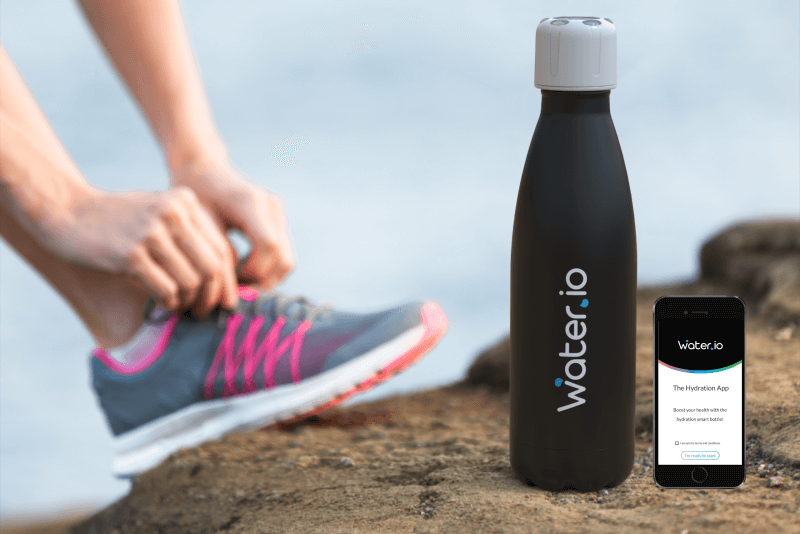In the first decade of the 2000s, laptops changed how we worked and played. In the 2010s, it was smartphones. And in the 2020s, the technology that will change our lives is the Internet of Things, or IoT. The IoT has already begun to change lives at the individual level, and is poised to overhaul a variety of industries.
The Internet of Things
Like Internet as it is now, IoT is a network of interconnected devices in constant communication with each other. Empowered devices with embedded sensors transmit data to a cloud, where it is analyzed using a myriad of data points. Then, smart tech sends signals back to either the device itself or an auxiliary device. One good example is a smart refrigerator. It monitors your fridge’s contents, and can send updates to your smartphone or email if you’re running low on eggs or the zucchini is about to go bad. Another example is the smart watch, which many consumers use to monitor their health and meet fitness goals.
However, the Internet of Things has incredible potential to change markets beyond the individual consumer. IoT can revolutionize the Consumer Packaged Goods (CPG) industry – and sooner rather than later, it will.
Retail-Level Change
The tech revolution has already started in places like grocery stores, where sensors embedded on the shelves tell back-room workers when a product needs restocking. Some product packaging has begun to incorporate sensors as well, which can transmit a lot of data regarding consumer behavior. For instance, if a customer picks an item up from the shelf, do they return it? How long do they examine the product before returning it? Do they examine neighboring products? Knowing such information can guide advertising, shelf placement, and packaging decisions. Such sensors have utility beyond the grocery store, and can be incorporated into any retail sector.
When properly analyzed, the data collected by IoT sensors can be utilized in any number of ways. Knowing if customers frequently weigh two products against each other, or if they always know which brand they want, is important information which can be used to create targeted, personalized ads. Imagine an app that knows when the customer walks into a store, which departments they favor, and how they make purchasing decisions. That information can be used to send the customer real-time push notifications while they’re in the store, informing them of sales, new products, or important promotions.
IoT allows incredible analysis. When a customer receives an app update, the IoT can gather data on not only if they acted on the notification but how much time they spent in the store before doing so. Having such granular, personalized information can dramatically reshape how companies approach advertising, product development, and customer service.
Going Beyond Retail
The IoT goes beyond the store. Sensors embedded in the package or even the product itself can relay important information about how customers use their product. How quickly after getting home does the customer open the product? How often and when is it used? Is the product taken to other locations or does it remain in the household? Having such detailed information helps brands devise perfect product fits for each customer. It can support the brand in future product development and help make data-based decisions on new products, required features, and more.
These sensors can foster brand loyalty, as well. Imagine a smart bottle of laundry detergent, which senses itself running low. It can sync with a customer’s smart phone and add a new bottle automatically to a shopping list app; or even place a new order before the customer ever runs out.
Coming Revolution
Unfortunately, the CPG industry risks falling behind the curve on the IoT. Currently, the CPG industry only spends around 24% of its total revenue on IoT, opposed to 60% by the travel and hospitality industry, and 31% by the greater retail market. Even the media and entertainment sector spends 57% of their revenue on IoT. Savvy CTOs and CEOs of CPG-oriented companies must stay on top of this growing trend, or risk playing catch-up while competitors revolutionize how consumers interact with their products.
The Benefits to CPG Brands
CPG brands have huge potential in embedding IoT in their products and packages. Whether it’s running detailed analysis on data they haven’t seen before, revealing real usage patterns how their products are utilized, running personalized promotions, having customers automatically replenish products through e-commerce, the options are endless. Do you have any other ideas how CPG brands can benefit from IoT? Let us know!





